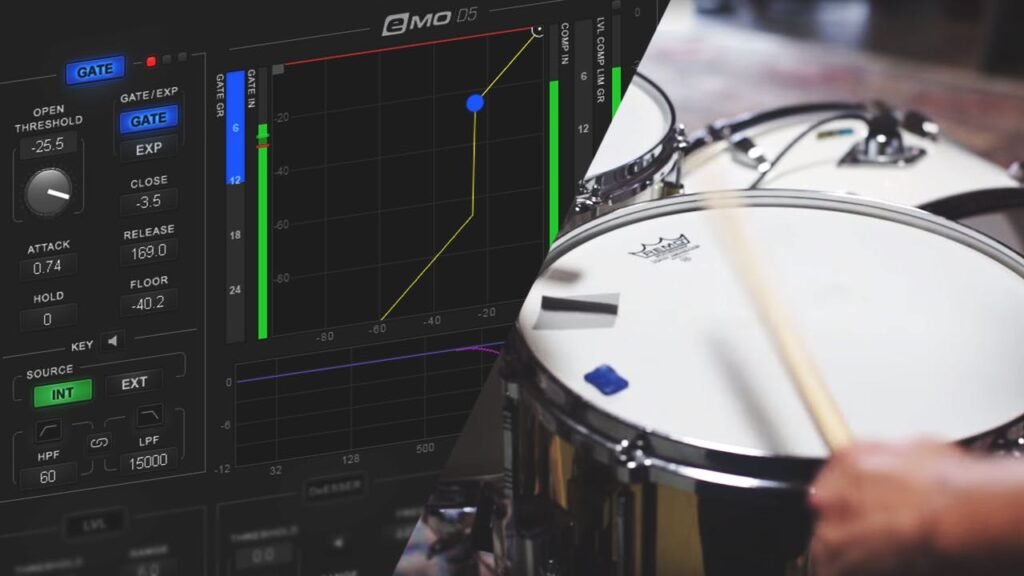A gate is a crucial tool in music production that helps to eliminate the unwanted background noise in a track. Whether you’re a professional producer or just starting, understanding Gate materials is essential to ensure that you get the desired results. It is all about selecting the right Gate materials that can significantly impact the quality of your tracks. In this blog post, we will delve into the details of the different materials used in Gates and how they impact your tracks.

Plastic Gates
Plastic gates, also known as PVC gates, are an alternative to metal or wooden gates. They are made from a type of plastic called polyvinyl chloride (PVC), which is a lightweight and durable material. Plastic gates can be used for residential, commercial, or industrial purposes and can be manual or automated.
One of the main advantages of plastic gates is their low maintenance requirements. They are resistant to weather, insects, and rot and do not require regular painting or staining like wooden gates. Additionally, plastic gates are easy to clean and can be washed with soap and water.
Another advantage of plastic gates is their affordability. They are often less expensive than metal or wooden gates, making them a popular option for those on a tight budget.
Metal Gates
Metal gates are typically used as barriers to control access to a property or area. They are made of different types of metal, such as steel, wrought iron, or aluminum, and can come in a variety of designs and sizes. Metal gates can be used for residential, commercial, or industrial purposes and can be manual or automated.
One of the advantages of metal gates is their durability and strength, which makes them a good option for security. They can also be designed to be aesthetically pleasing, adding to the curb appeal of a property. Additionally, metal gates require minimal maintenance compared to other types of gates, making them a convenient choice for property owners.
However, metal gates can be prone to rusting and corrosion over time, which can affect their functionality and appearance. It is important to regularly inspect and maintain metal gates to prevent these issues from occurring.
Wood Gates
Wood Gates are less commonly used but offer unique advantages. Wood Gates provide excellent sound quality and offer a natural look and feel, which is perfect for more rustic-style studios. They are also relatively lightweight and can provide an airtight seal, making them an excellent option for quieter environments. The downside to wood gates is that they are prone to warping and require regular maintenance.
Composite Gates
Composite Gates offers the best of plastic, metal, and wood options. They are a blend of materials, combining the durability of metal with the low cost of plastic and the natural sound quality of wood. Composite Gates are lightweight and provide an airtight seal, making them ideal for a range of settings. The downside is that they are not as commonly available as other types of gates.
Foam and Rubber Gates
Foam and Rubber Gates are the latest materials to hit the market. They utilize the low-cost and lightweight attributes of foam and rubber materials to provide a premium-quality seal, which is perfect for busy recording environments. They are also effortless to maintain and offer excellent soundproofing options. However, they may not be ideal for large recording studios, as they are specifically designed for personal or home recording studios.
Understanding the materials used in Gates is a crucial step in achieving the desired sound quality, especially for music production professionals. Each material has its advantages and disadvantages, so it is essential to choose the one that best suits your recording environment and budget. The above guide should give you valuable insights into the different types of Gate materials available and their unique features, enabling you to make an informed decision.
